Is enhancing your writing productivity at the top of your to-do list?
81% of content marketers include blogging among their techniques. Businesses with blogs generate 67% more leads on average. Social media experts who consistently deliver sharable content are increasingly in demand.
Why?
The web is run by content.
And if you consider yourself a weak writer, it could hurt your business if you don’t take the time to improve.
After all, content marketing is one of the most effective ways to build your business. Thus, it’s worth learning how you can become a more dynamic and productive writer.
True, your efficiency can improve with the assistance of a text editor or an online productivity tool. But, understanding how you can use these in combination with other tricks and skills will pay off in spades.
In this post, we’re going to examine how you can write content more efficiently and effectively.
I’ll provide several tips that you can implement in your daily writing regimen. These strategies should help you boost your daily or weekly word count, strengthen your skills and build your business.
So, let’s begin.
Create outlines
We all need more hours to our day. Consider outlines a way to cheat nature.
Indeed, an outline is one of the smartest productivity tools experienced bloggers possess.
An outline is essential for several reasons.
First, it will allow you to fully embrace and explore the topic you’ll be writing about.
Creating your outline is the first stage of the research you’ll be conducting.
As you go about creating the outline, you’ll begin to develop a sense for the main points you need to cover when writing the content in question.
Additionally, an outline will provide you with a place to jot down any key pieces of required research and data that you have come across.
Secondly, having an outline will help speed up the writing process by keeping you on track.
On average, 36.7% of people spend one to two hours writing a blog post.
But, writing a compelling blog post and meeting your desired word count won’t take that long if you create an outline first.
When writing an outline, you’ll establish the bare bones of what needs to be covered. What’s more, you’ll be able to spot information that you can extrapolate and repurpose over social media.
When you’re ready to write the full piece, you’ll have the key points in front of you.
If you find that a lot of guesswork is involved in writing the full piece, there’s a good chance your outline was not thorough enough. If you take the time to be as meticulous as possible in the first stage, chances are the actual writing will be faster and more efficient.
When writing your final piece, most of your time should be spent on how you are saying things, not on what you should be saying.
So, how do you go about writing a great outline?
First, create a Google Docs file.
Within the Google Docs file, choose the H2 setting.
Using the H2 setting, write down each of the main points you want to cover.
Then, under each of these headers, select the bullet point option and write down the key points you want to cover for each subtopic.
If there are any relevant pieces of data worth mentioning in this section, make sure that you reference them as a bullet point.
Here’s an example of what an outline for one section of a blog post should look like.
You’ll also want to create a header section, called ‘Sources/Links.’
As you go through the research process, paste the URL of any interesting or relevant blog post/website/stat that you find under this header.
This includes any sources that you need to reference.
Make sure that you reference everything you find, even if you don’t have a use for it yet.
During the editing process, you will most likely uncover some holes in your content that need to be plugged with some extra data.
By having a section dedicated to ‘Sources/Links,’ you’ll quickly be able to source some relevant stats that will allow your content to hold up better under any scrutiny.
Overall? Excelling at writing outlines will help you reach your word count much faster than simply staring at a blank page.
Practice
‘Increasing typing speed’ is probably not dominating your to-do list.
And yet, speedy typing–as overlooked as it might be–is one of the most effective productivity tools you can have at your disposal.
So, how do you become a faster typer?
Practice.
That may sound pedestrian–even boring–or not worth your time. But practicing your ability to type quickly and without errors can pay dividends in the long run.
If you’re interested in speeding up your ability to type, there are some free tools that you can use.
For instance, you can use a site like https://www.keybr.com/ to become a better typist.
This site is particularly good because it teaches you how to position your hands so that you’re typing more efficiently.
This site will also help you to develop the skill of touch typing.
However, you can’t use these tools once and think that you’ll become a better typist.
It’s important that you practice on a consistent basis if you want to see distinct and measurable progress in your ability to type quickly.
Research has shown that those who type faster than average train 3 times as much.
Of course, you don’t want to just practice typing anything.
You want to practice writing actual content on a regular basis, too.
The more content you write, the more efficient you’ll become at conducting research and writing up outlines. (Quick tip: set a timer now to determine how fast you type and how quickly you can put an outline together. Test yourself again two weeks from now.)
You’ll also become a better editor, a task that arguably takes up a lot of a writer’s time – and something that is also hard to ‘hack.’
Productivity tricks
If you’ve taken care of the essentials above, you can then begin to implement some productivity tricks.
These tools will allow you to capitalize on any improvements you have made as a result of becoming a faster typist and a better editor.
One productivity tool you can try is the Pomodoro technique. It allows you to set a timer for both tasks and breaks.
The Pomodoro technique requires that you work on something for 25 minutes and then take a 5-minute break.
You do this four times. After the fourth, you take a 15-minute break.
It is a technique that works well for many people because it breaks up your focus and allows you to re-energize frequently.
If you want to try out the Pomodoro technique right now, you can visit Tomato Timer.
If you give this strategy a go, make sure that you stick to the rules.
Though it might be hard at first, especially if you’re on a roll after 25 minutes, do what you can to take the breaks at the right times.
If you don’t, you won’t experience the benefits it offers.
You might also want to find out at what time of the day you do your best writing.
Ideally, it’s helpful to be a productive writer when you need to write.
But, inevitably, some people perform better during certain hours of the day.
For example, some writers find that they produce their best writing in the morning when there is little noise and few distractions.
Others find that they’re better writers in the evening, or even around midnight, because of the same reasons.
Look back at some of your best writing. Question if you’ve consistently produced great work at certain points of the day.
If you find a pattern, consider keeping those hours free in the future and using them only to write content.
Don’t have a handle on when you’re most productive? Why not experiment?
Write at different times of the day and assess which time period was the most productive for you.
A lot of people also struggle with writing, because they’re affected by online distractions like social media.
The best way to reduce online distractions is by blocking off certain websites while you’re doing your writing. In particular, disabling your ability to access your favorite social network will free up more time than you realize.
Also, provided that your outline was thorough enough, you should not need to browse various websites while writing your content.
Another writing productivity tool to check out is Quabel, a distraction-free writing tool that includes an online text editor.
You can also install an app like RescueTime, which will blacklist certain websites for you.
This app will also track how you are spending your time. You might think that it’s taking you 2 hours to write a blog post, when in fact you’re only spending 1 hour.
The other time might be filled with distractions or research that you should have done during the outline stage.
This is useful to know, as it can guide your focus in the future.
You can even consider saving your sources and relevant links as PDFs. That way, you still have access to them, without having to browse the internet (and getting distracted by social media updates on the way).
Additionally, think about getting a to-do app. Productivity tools like Asana and Trello help many stay on course throughout the day, from tracking their word count to updating their social media profiles at peak times – that is, when they do have time to check out their social networks.
Use dictation software
Thanks to software suites such as Dragon Naturally Speaking, you can talk through a mic and have the software write up your content as you speak.
It will take a little bit of time to adapt to such software. You’ll even need to train the program so that it understands you properly.
Though such a suite might be expensive, it’s worth estimating the cost when compared to the time it takes to type out a blog post.
You might be able to concentrate on other revenue-generating activities as a result of the time that is gained from using speech-to-text software.
Outsource
Another way that you can improve your productivity is by outsourcing some of the tasks that come with being a writer.
62% of companies outsource content marketing. For the sake of this post, however, we’re not talking about outsourcing your whole content operation – just the bits that are the most tedious and time-consuming.
It goes without saying that your ability to outsource tasks is going to depend on the budget you can allocate.
Editing is the most time-consuming task for many writers, and experienced bloggers understand that you need more than a text editor or simple word processing tool to oversee your work. You’ll get the biggest benefit by hiring someone to edit your content, as I do.
As with all things, you tend to get what you pay for when hiring a team member to help you with this type of task.
This is especially true for something like editing, which requires a high level of skill and ability.
However, if you can provide consistent work, an editor might be able to work out an affordable custom rate with you.
You can find an editor by taking a look at a site such as Upwork.
If possible, try and find an editor who is familiar with the field you’re writing in. Test them out first as well. This will make sure you are bringing on someone that knows what they are doing and will be able to deliver the quality work you expect.
This will make their job easier. It will also give you peace of mind that they won’t edit important sections out of your content, simply because they don’t understand what is being discussed.
You might need to go through a few editors before you find someone that you can work with.
However, when you do find that person, your writing process will be much more streamlined.
You can just write something up, send it off to them for editing and then not have to worry about it until it’s ready to be posted.
If you can afford it, you may even want to ask the editor to upload the content for you, and to insert the relevant images as they do so.
Even if you consider yourself to already be a productive writer, it may still be a good idea to get an editor.
An editor can provide a ‘fresh look,’ on anything that you have written, allowing for them to spot any errors that you might have missed.
Conclusion
If you’re doing any sort of online marketing, there is a good chance that you’ll have to spend a decent portion of your time writing.
In this post, we’ve explored how you can become a more productive writer.
We’ve examined productivity tools and tricks like the Pomodoro technique, while also discussing the fundamental importance of having a thorough outline.
Take the tips that you have discovered in this post and put them to good use whenever you find yourself writing in the future.
What have you found to be true when it comes to being a more productive writer? Are there any tips that you can share?

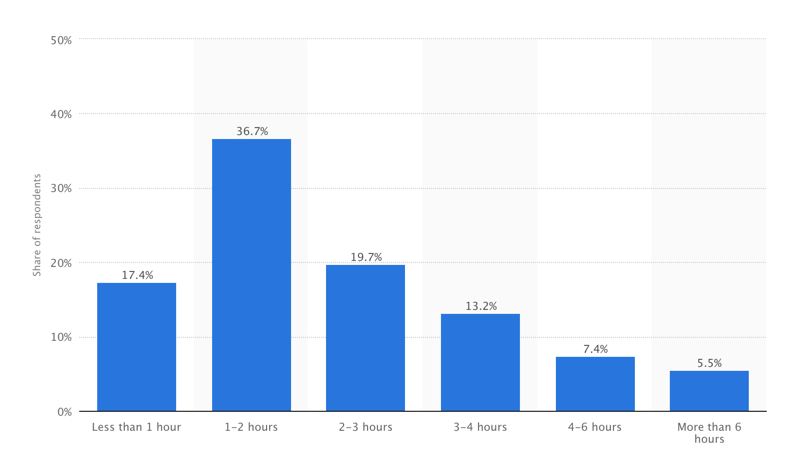
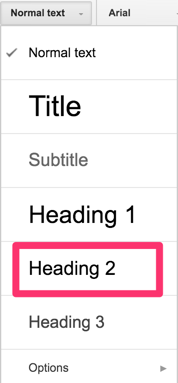

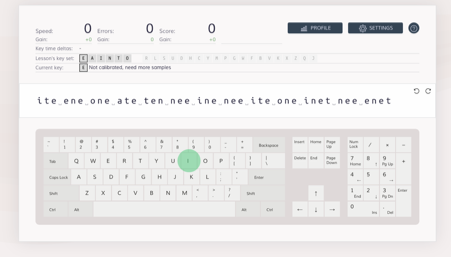

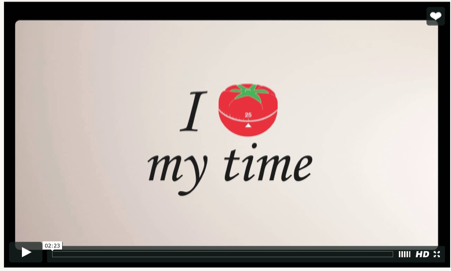
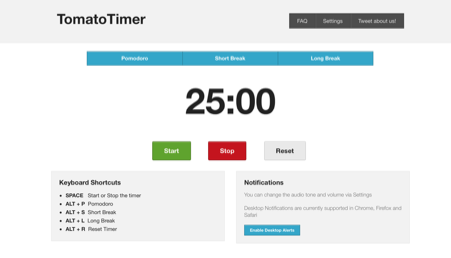

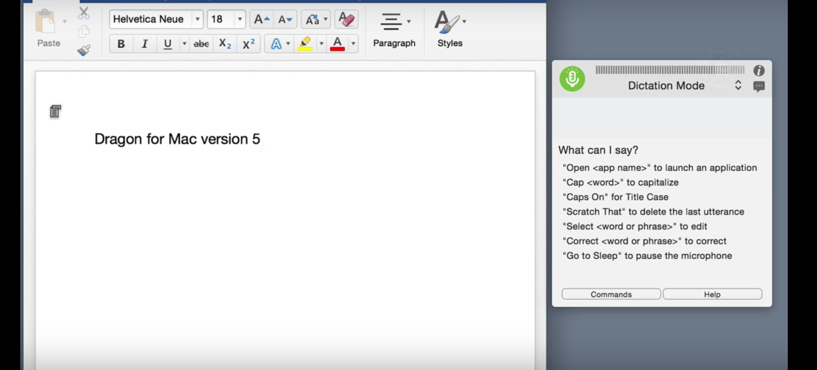
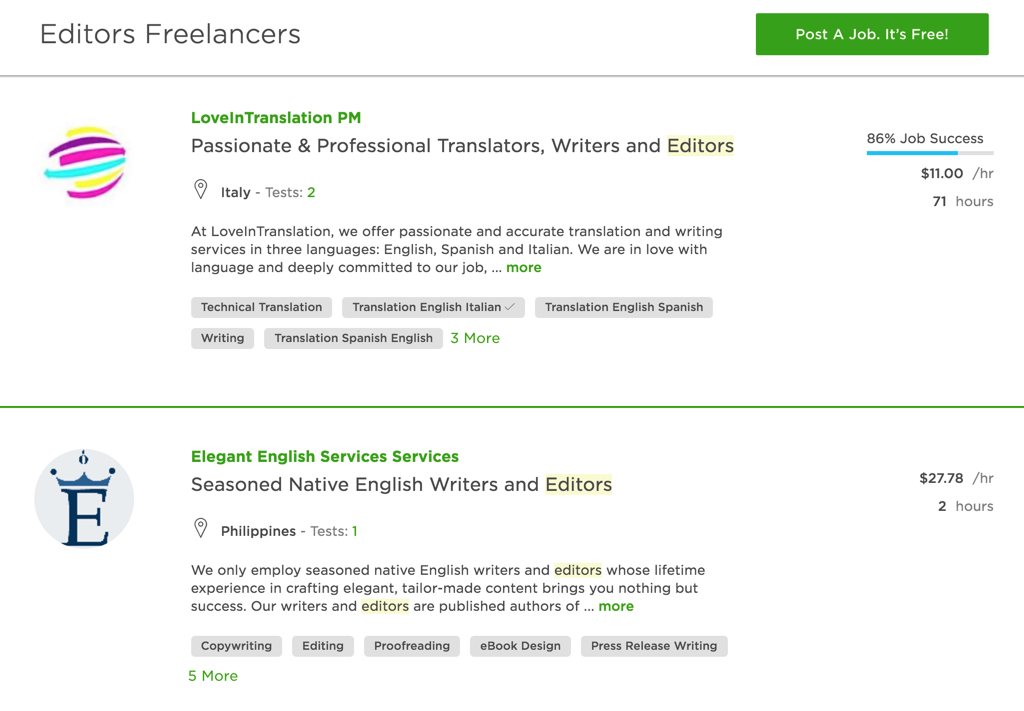
Comments (31)